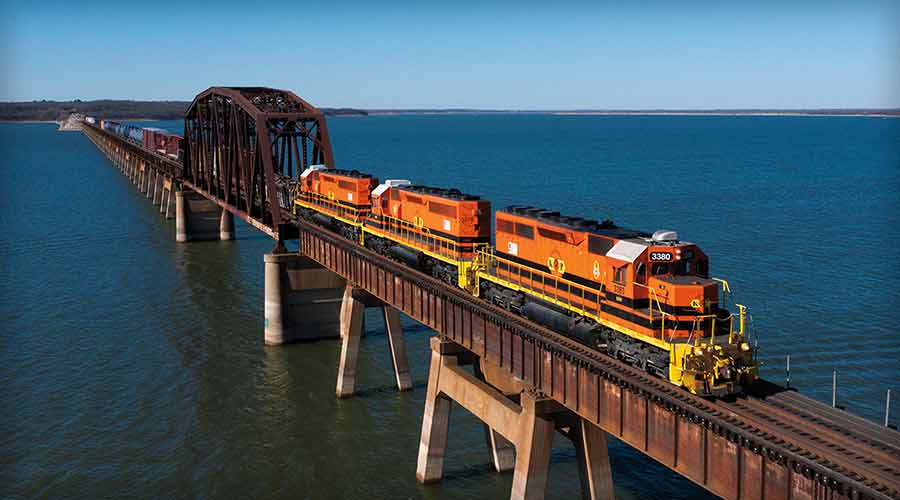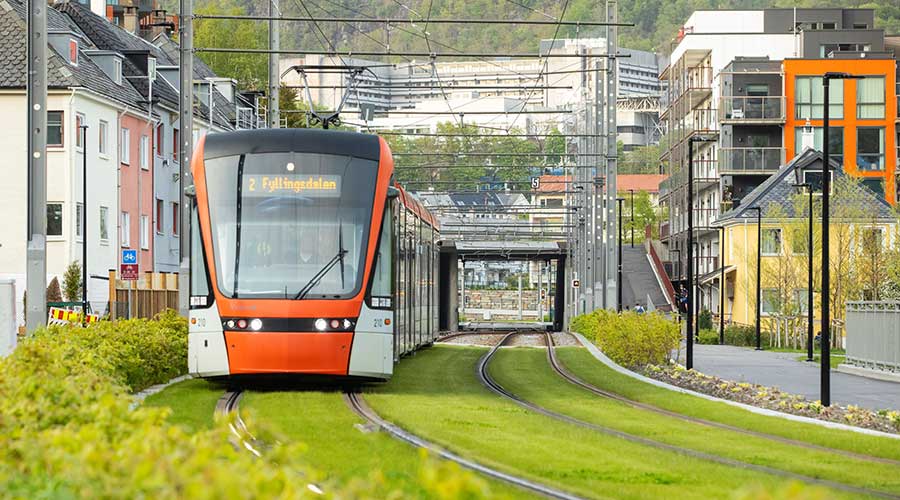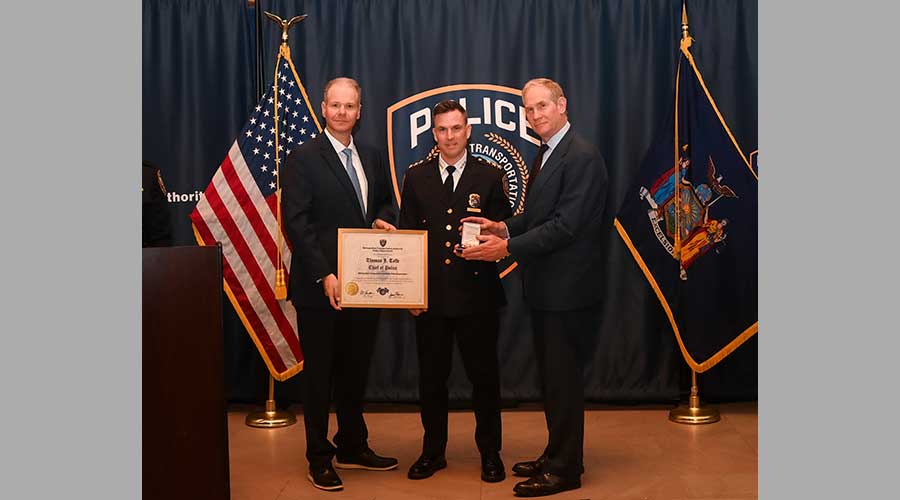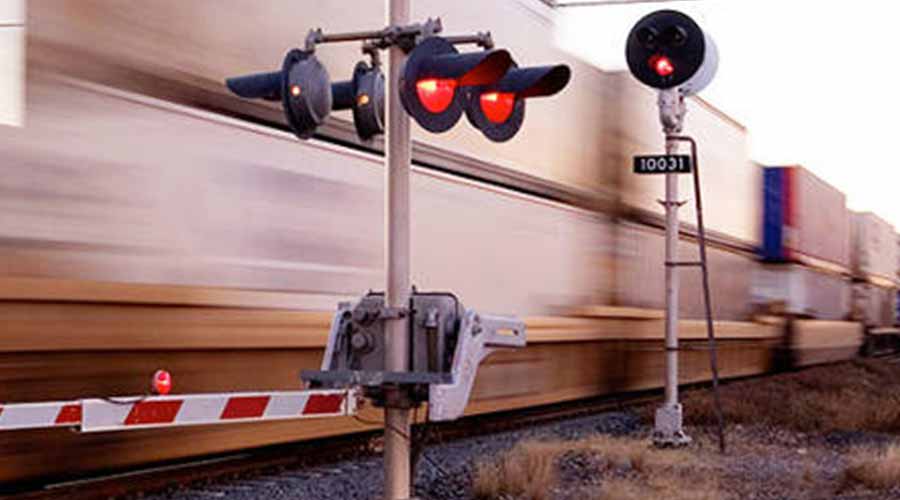Stay updated on news, articles and information for the rail industry
12/9/2021
Rail News: Mechanical
NS, U.S. Steel and Greenbrier collaborate on new gondola rail car
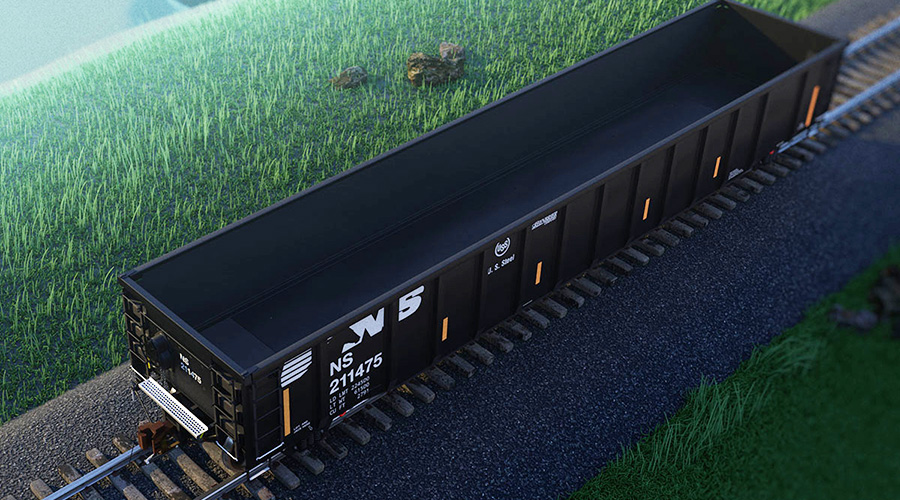
Norfolk Southern Corp., United States Steel Corp. and The Greenbrier Cos. Inc. today jointly announced a new, more sustainable steel gondola rail car.
NS will initially acquire 800 of the Greenbrier engineered gondolas, which can transport loose bulk material such as metal scraps, coils, wood chips, steel slabs and ore.
Using a formula for high-strength, lighter-weight steel developed by U. S. Steel, each gondola's unloaded weight is reduced by up to 15,000 pounds.
"The use of lightweight, high-strength steel is a real revolution for rail cars. Not only will each gondola carry more material, they will do so by using less energy, making our operations, and our customer's operations, even more environmentally friendly," said NS Chairman and CEO James Squires in a press release.
The advancements made in the new rail cars can be applied to other car types, which helps ensure "that this sustainable innovation continues well into the future," Squires said.
NS plans to recycle the old gondolas once the new ones are in service.
Features of the new gondolas include:
• an extended lifecycle by using new steel that is twice as strong as traditional steel used in the rail-car manufacturing process, potentially extending the useful life of each gondola to 50 years;
• increased sustainability with a new gondola that is more energy efficient during production and in use; and
• greater freight capacity because the high-strength steel requires less structural reinforcement, simplifying the manufacturing process and allowing more cargo space in each rail car.
Contact Progressive Railroading editorial staff.


 2025 MOW Spending Report: Passenger-rail programs
2025 MOW Spending Report: Passenger-rail programs
 Gardner steps down as Amtrak CEO
Gardner steps down as Amtrak CEO
 Guest comment: Oliver Wyman’s David Hunt
Guest comment: Oliver Wyman’s David Hunt
 Women of Influence in Rail eBook
Women of Influence in Rail eBook
 railPrime
railPrime